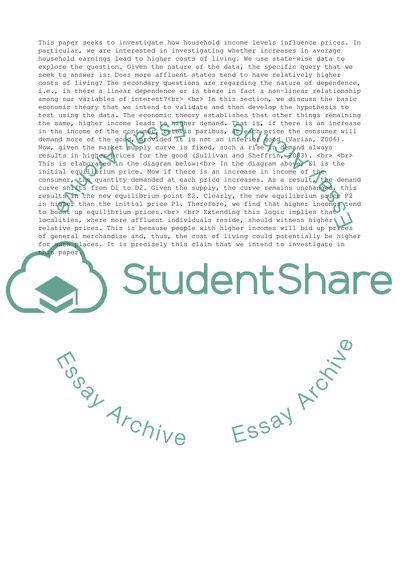Cite this document
(“Statistics Research Paper based on a Regression Study Term”, n.d.)
Retrieved from https://studentshare.org/business/1593688-statistics-research-paper-based-on-a-regression-study
Retrieved from https://studentshare.org/business/1593688-statistics-research-paper-based-on-a-regression-study
(Statistics Research Paper Based on a Regression Study Term)
https://studentshare.org/business/1593688-statistics-research-paper-based-on-a-regression-study.
https://studentshare.org/business/1593688-statistics-research-paper-based-on-a-regression-study.
“Statistics Research Paper Based on a Regression Study Term”, n.d. https://studentshare.org/business/1593688-statistics-research-paper-based-on-a-regression-study.


